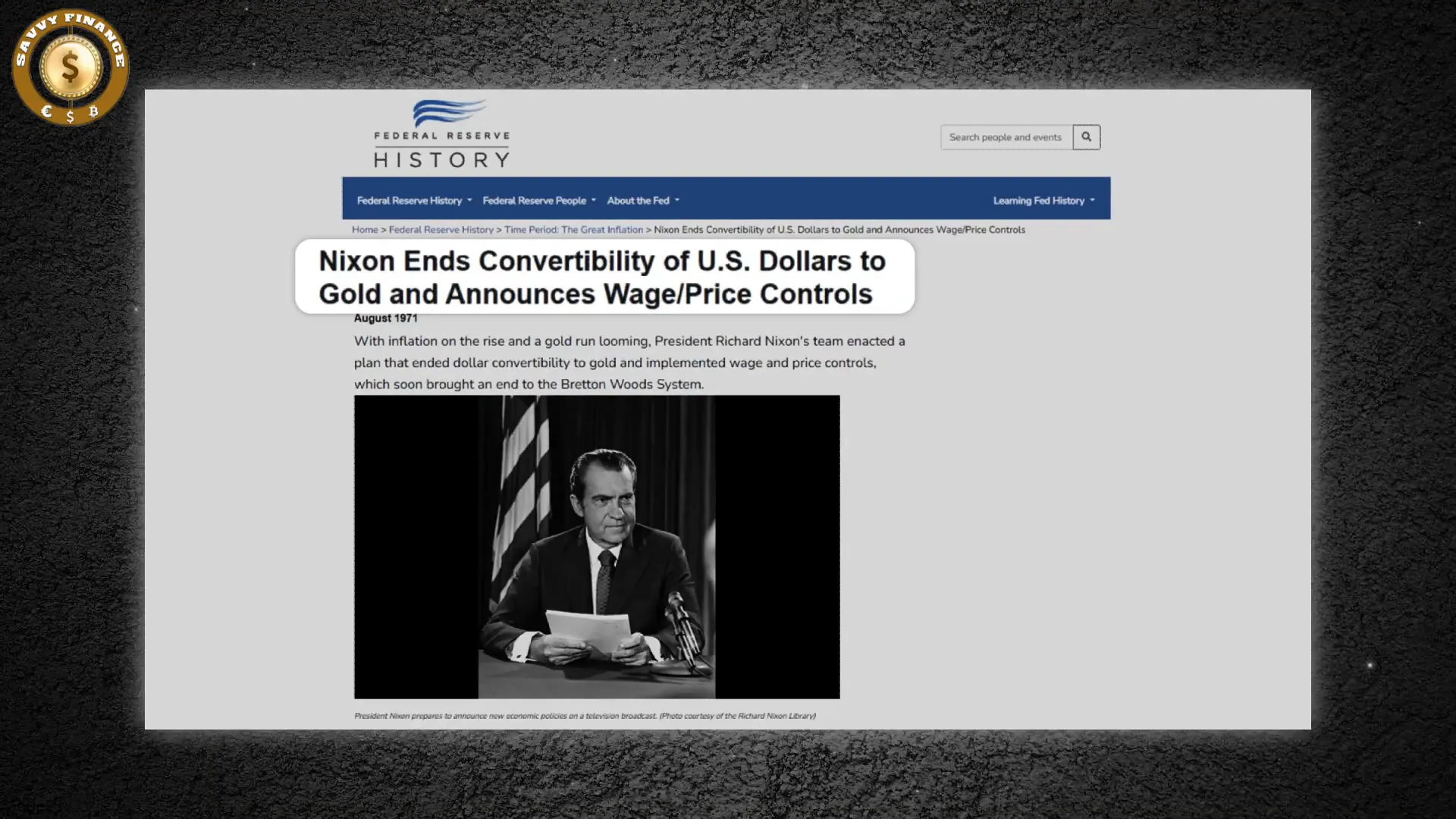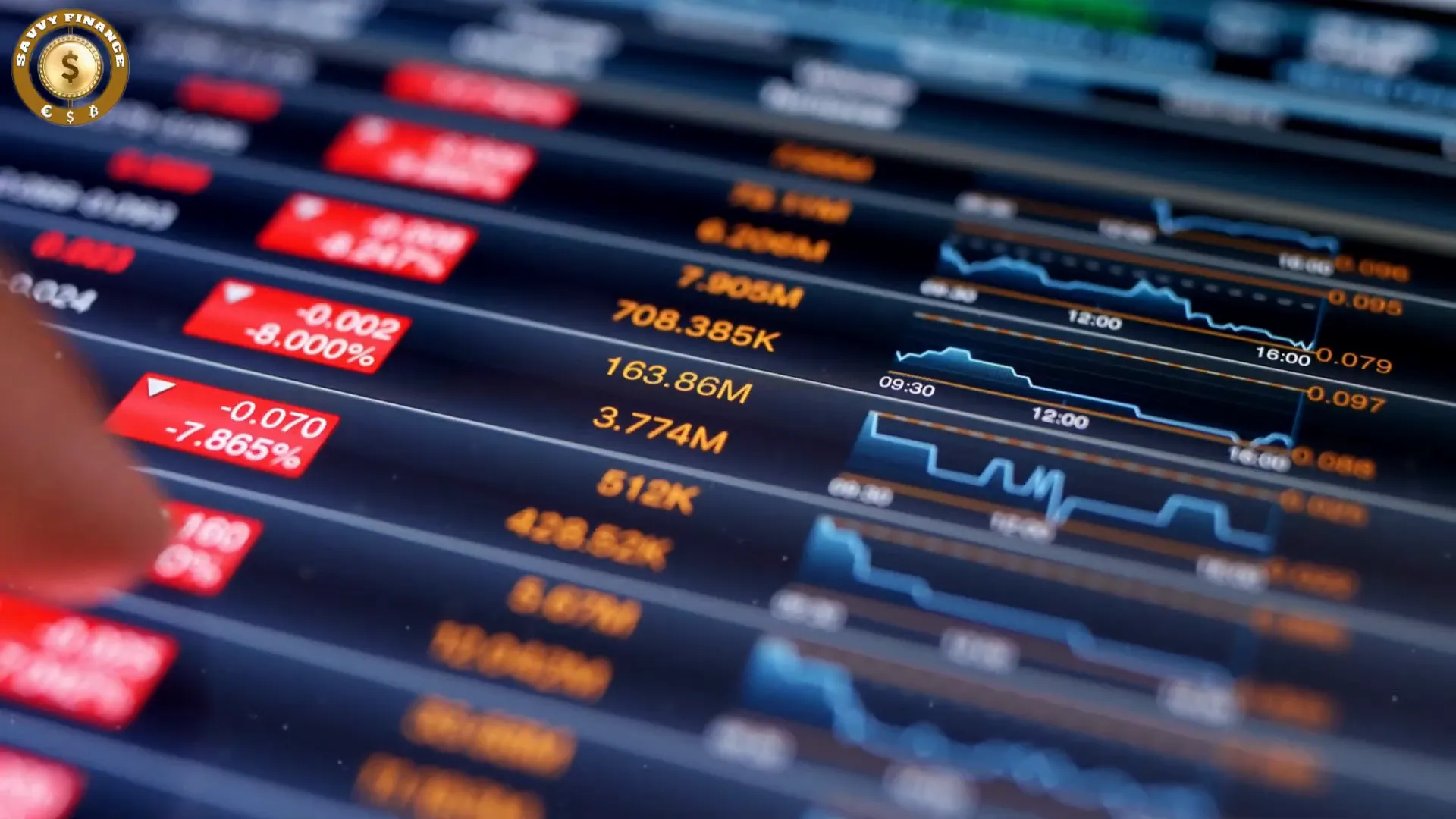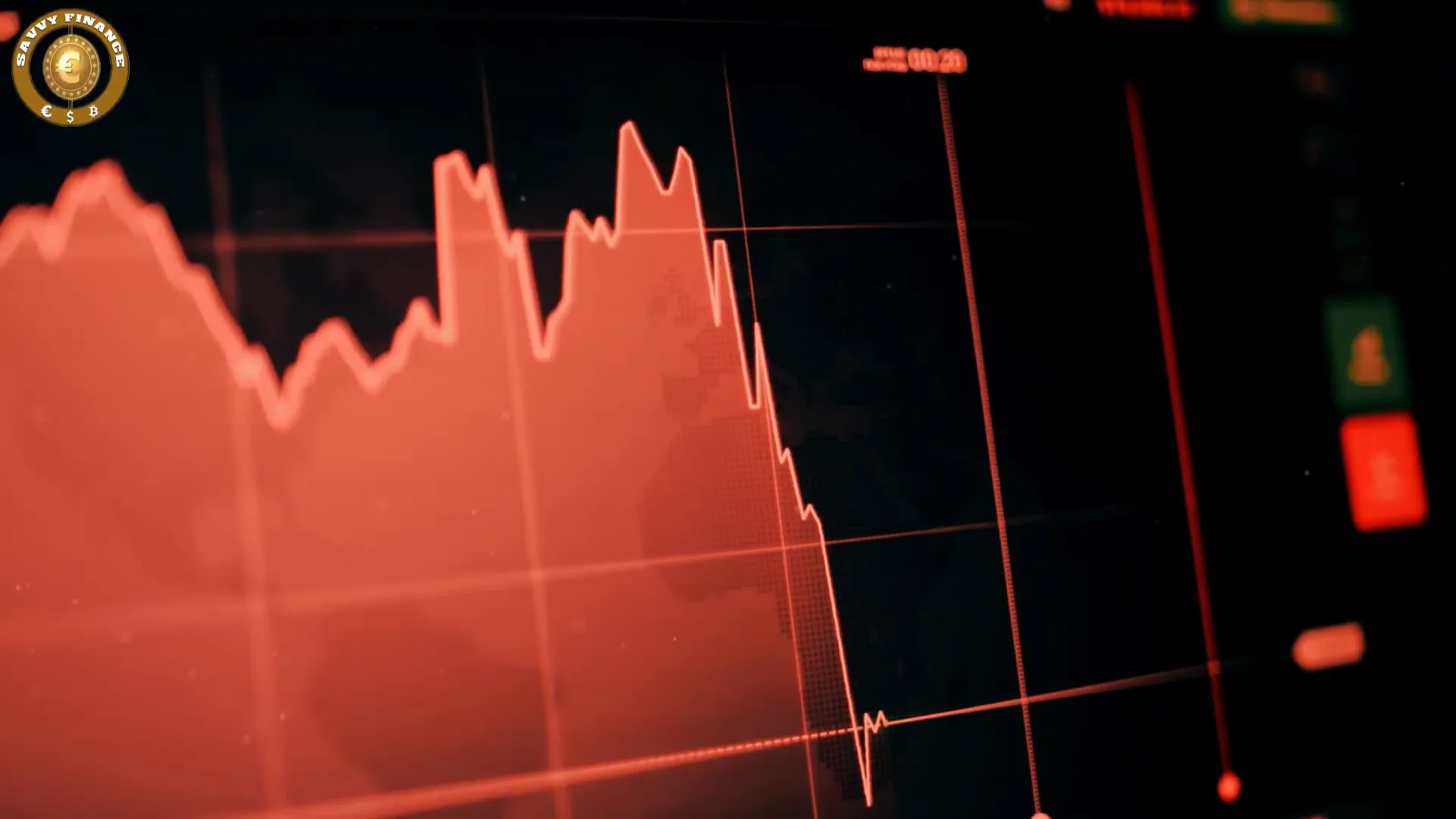
In recent times, the global economic landscape has been shifting beneath our feet, driven by profound changes in the monetary system that underpins international trade and finance. This transformation isn’t just a routine trade cycle—it's a historic reset with far-reaching implications, especially for investors eyeing emerging markets, the bond market, and the ever-evolving world of cryptocurrency and bitcoin. In this article, inspired by insights from macro analyst Lynn Alden, we unravel the complex interplay of debt cycles, currency dynamics, trade imbalances, and the structural challenges facing the US dollar’s dominance as the global reserve currency.

Table of Contents
- The Historical Context: Decades of Monetary Shifts
- Overlapping Cycles and the Peaking of the Long-Term Debt Cycle
- The Dollar’s Role as the Global Reserve Currency and Its Hidden Costs
- Trade Deficits, Services, and the Shift in Global Manufacturing
- The Dollar Cycles: What History Tells Us About the Future
- The Mechanics Behind Dollar Strength and Weakness
- The Fundamental Contradiction: Can the US Have It All?
- What Happens If Dollar Dominance Erodes Without Coordination?
- Conclusion: Navigating the Next Five to Ten Years
The Historical Context: Decades of Monetary Shifts
Throughout modern history, the global monetary system has undergone only a few major transformations, each tied to wide-ranging economic and geopolitical events:
- 1940s: World War II aftermath, sovereign defaults, and the establishment of Bretton Woods
- 1970s: Decoupling of the dollar from gold, energy shocks, and the rise of floating exchange rates
- 1980s: The Plaza Accord, an attempt to coordinate global capital flows
Today, according to Lynn Alden, we are entering a fourth major transition. Unlike previous shifts, this one unfolds gradually and is marked by inflation spikes, liquidity shocks, fractured supply chains, and the rise of a multipolar world order.

Overlapping Cycles and the Peaking of the Long-Term Debt Cycle
At the heart of this reset is the concept of overlapping economic cycles, particularly the long-term debt cycle. This cycle typically spans around 80 years and involves debt accumulation in the private sector eventually transferring to sovereign debt, which is then debased or inflated away. The last cycle peaked mid-20th century, with a midpoint around the early 1970s signaling significant monetary changes.
We are now witnessing the peak of the current long-term debt cycle, coupled with a strong dollar regime that has lasted approximately 11 years since 2014. This regime has been characterized by:
- US asset dominance
- Suppressed inflation
- Growing pressure on emerging markets

Historically, when the dollar weakens, we see inflationary periods, value stocks and international equities outperform, and emerging markets thrive. But since 2014, the dollar has remained relatively strong, limiting these dynamics.
The Dollar’s Role as the Global Reserve Currency and Its Hidden Costs
Being the global reserve currency is a privilege with significant trade-offs. Lynn Alden points out a fundamental imbalance: to maintain the dollar’s dominance, the US economy has gradually hollowed out its industrial base. This phenomenon, known as deindustrialization, has reshaped America’s economic geography, draining manufacturing powerhouses like Michigan, Ohio, and Pennsylvania—the Rust Belt—and concentrating capital flows into financial centers like New York and Silicon Valley.
This dynamic is rooted in what economists call Triffin’s dilemma: the more the world demands dollars, the more the US must run deficits, importing more than it exports, which inherently undermines domestic industrial strength.
In the Bretton Woods era, the cost of reserve currency status was gold outflows. Post-1971, it has been industrial decline. This cost is rarely discussed in political arenas because it’s complex and lacks a simple narrative, but it remains the core challenge behind trade imbalances and industrial policy debates.
Trade Deficits, Services, and the Shift in Global Manufacturing
While the US runs a significant goods trade deficit, it maintains a surplus in services such as financial services, software, and tourism. These exports help offset some of the goods imbalance but don’t fully compensate for the hollowing industrial base.
Meanwhile, countries like China have moved up the manufacturing value chain. No longer just producers of low-cost plastic goods and textiles, China is now the world’s largest vehicle exporter, including internal combustion engine vehicles, dominating many developing markets globally.
In contrast, the US aspires to regain leadership in high-tech manufacturing sectors such as semiconductors and robotics. However, these ambitions collide with the structural constraints of maintaining the dollar’s reserve currency status.
The Dollar Cycles: What History Tells Us About the Future
Since the 1970s floating exchange rate era began, the dollar has experienced three major cycles of strength and weakness. Each cycle peaked lower than the previous one, signaling diminishing global tolerance for a weaponized currency. The implications of these cycles for investors are profound:
- Weak dollar periods tend to bring inflation, value stock outperformance, emerging market booms, and international stock rallies.
- Strong dollar periods are associated with disinflation, growth stock dominance, and US stock outperformance.
A return to a weaker dollar could resemble the early 2000s or the Plaza Accord era of 1985, potentially triggering what some speculate could be a “Mar a Lago Accord” — a coordinated effort to engineer a controlled dollar devaluation.
The Mechanics Behind Dollar Strength and Weakness
The dollar’s strength or weakness directly affects global liquidity and debt burdens. Over $18 trillion in cross-border loans and bonds are denominated in dollars. When the dollar weakens, these liabilities shrink in real terms, easing financial pressure on foreign borrowers, especially in emerging markets.
This dynamic allows emerging market central banks to loosen monetary policy, stimulate growth, and expand global money supply (Global M2), which often propels asset markets higher worldwide.

The Fundamental Contradiction: Can the US Have It All?
The US faces a fundamental contradiction: it cannot simultaneously maintain its currency’s global reserve status and restore a vibrant industrial base without sacrificing one for the other. Attempts to revive manufacturing through tariffs and subsidies may clash with the systemic requirements of the dollar system.
To put it plainly, the US can either:
- Keep the dollar’s exorbitant privilege as the global reserve currency, accepting ongoing industrial decline, or
- Give up some currency dominance to reindustrialize, a politically and economically challenging choice.
What Happens If Dollar Dominance Erodes Without Coordination?
Without a coordinated transition, the erosion of dollar dominance could fragment the global financial system, creating multiple currency zones and triggering capital flight from US treasuries. This scenario risks unpredictable volatility across commodities, trade flows, and geopolitical alliances.
For investors, this is a crucial risk to monitor. Assets like bitcoin and gold may gain relevance as trust in fiat currencies wanes. Emerging markets could re-emerge as investment-grade opportunities if the dollar weakens, while commodities might rally not only from demand but also currency realignment. US equities could face relative underperformance unless the dollar adjusts accordingly.
Conclusion: Navigating the Next Five to Ten Years
The global economic reset unfolding now will define the investment landscape for the foreseeable future. Understanding the intertwined relationship between debt cycles, trade imbalances, and the dollar’s role is essential for anyone invested in cryptocurrency, bitcoin, or global markets.
As this transition progresses, staying informed and adaptable will be key. Whether you’re focused on emerging market equities, bonds, or digital assets like bitcoin, recognizing these macro shifts can sharpen your investment lens and help you position for the opportunities and risks ahead.
What asset class do you believe will benefit most from a weak dollar era? Reflect on this as you plan your portfolio strategy going forward.
Understanding the Global Economic Reset: What It Means for Cryptocurrency, Bitcoin, and the Future of Trade. There are any Understanding the Global Economic Reset: What It Means for Cryptocurrency, Bitcoin, and the Future of Trade in here.
